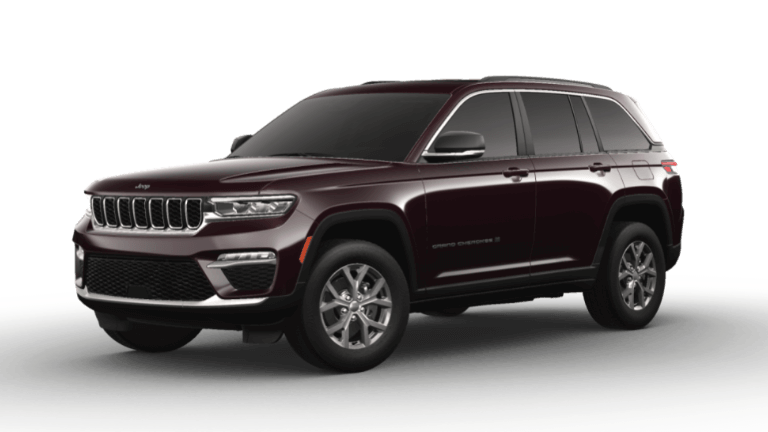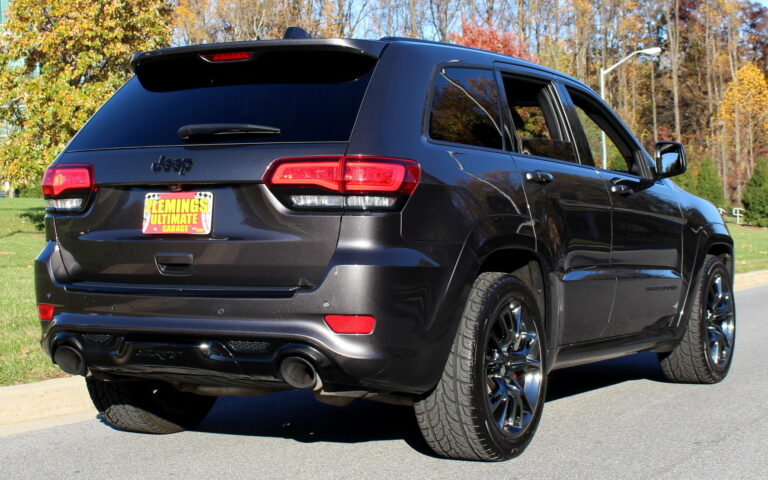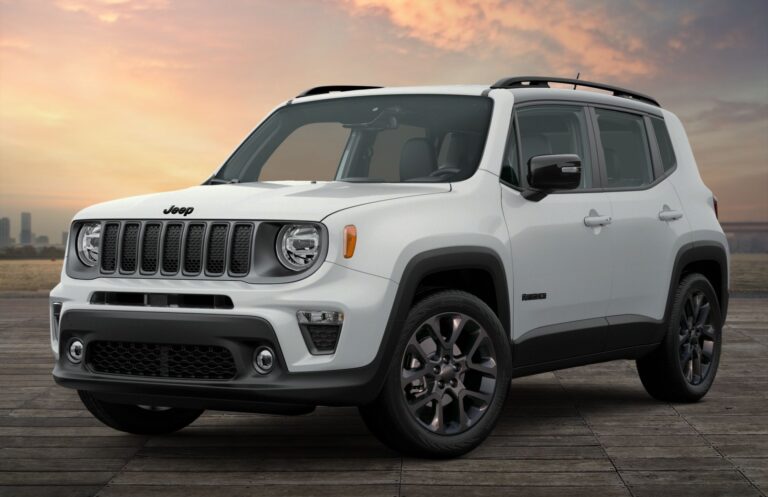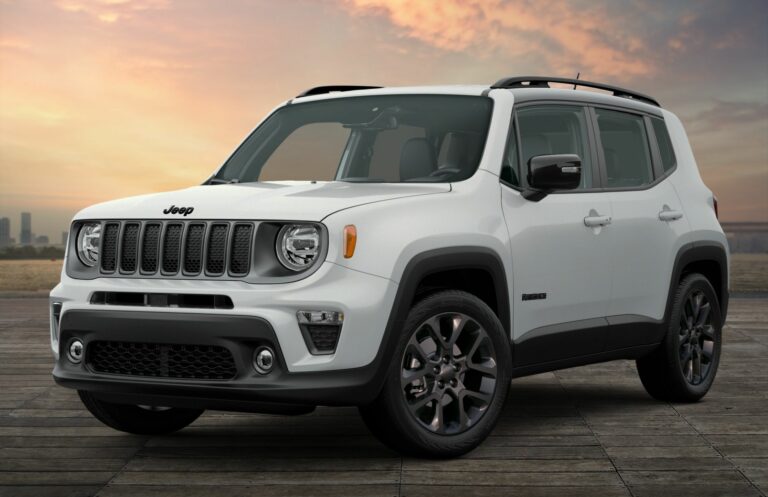Jeep Grand Cherokee Lease Return: A Comprehensive Guide to a Smooth Transition
Jeep Grand Cherokee Lease Return: A Comprehensive Guide to a Smooth Transition jeeps.truckstrend.com
The Jeep Grand Cherokee, a paragon of rugged luxury and versatile performance, has been a beloved choice for countless drivers seeking adventure without compromising comfort. As your lease term approaches its conclusion, the process of returning your cherished Grand Cherokee might seem daunting. However, understanding the intricacies of a lease return is crucial for a smooth, financially sound transition. This comprehensive guide will demystify the Jeep Grand Cherokee lease return process, equipping you with the knowledge and actionable insights to navigate it with confidence.
A lease return marks the culmination of your contractual agreement with the lessor (the financial institution that owns the vehicle). It’s the point where you either hand back the keys, purchase the vehicle, or trade it in for a new one. For Grand Cherokee lessees, this period presents an opportunity to assess their driving needs, evaluate the vehicle’s condition, and make an informed decision that aligns with their lifestyle and financial goals. Preparing adequately can save you from unexpected fees, unlock potential benefits, and ensure a hassle-free experience.
Jeep Grand Cherokee Lease Return: A Comprehensive Guide to a Smooth Transition
Understanding Your Lease Agreement: The Blueprint for Return
Before any action is taken, your original lease agreement serves as the foundational document. It’s the blueprint that outlines the terms and conditions governing your lease return. Familiarizing yourself with its key components is paramount:
- Residual Value: This is the pre-determined value of your Grand Cherokee at the end of the lease term. It’s the price you would pay if you decide to purchase the vehicle.
- Mileage Allowance: Your contract specifies an annual mileage limit (e.g., 10,000, 12,000, or 15,000 miles per year). Exceeding this limit will incur per-mile charges.
- Wear and Tear Guidelines: The agreement defines what constitutes "normal" versus "excessive" wear and tear. This is critical for avoiding unexpected charges.
- Disposition Fee: A standard administrative fee charged by the lessor for processing the return of the vehicle. This fee is often waived if you lease or purchase another vehicle from the same brand.
- Early Termination Clauses: These sections detail the penalties and procedures should you decide to end your lease before its maturity date. Early termination is generally very expensive and should be avoided if possible.
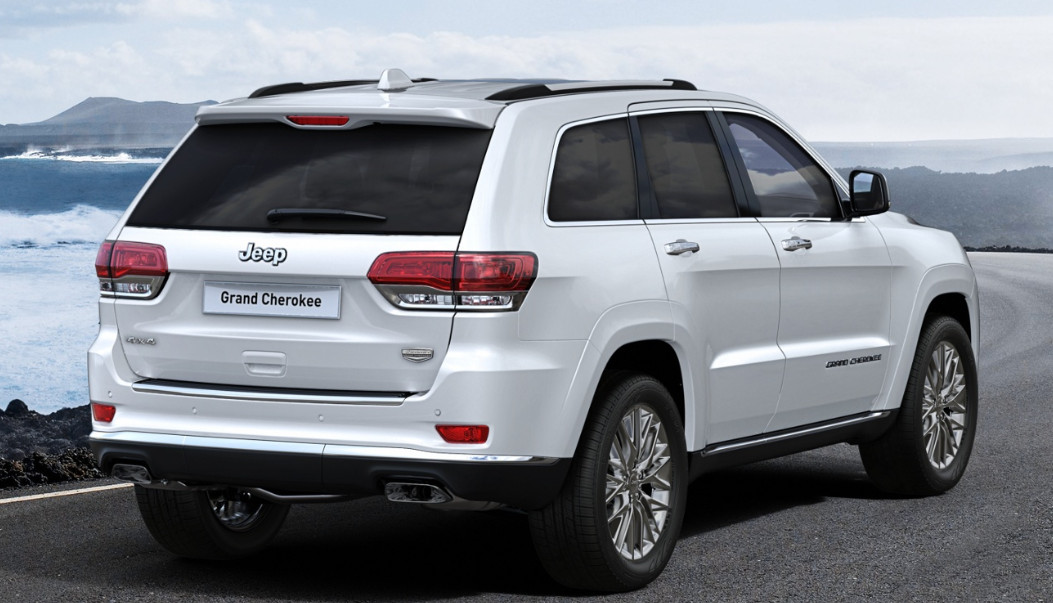
Take the time to locate your contract, highlight these sections, and understand their implications. If you have questions, contact your leasing company or the dealership where you leased the vehicle.
The Pre-Return Checklist: Preparing Your Grand Cherokee for Its Next Chapter
Proactive preparation is the cornerstone of a successful lease return. Begin this process several months before your lease maturity date.
A. Condition Assessment (Wear and Tear)

This is perhaps the most critical aspect, as excessive wear and tear can lead to significant charges. Most leasing companies adhere to specific guidelines, often available on their websites.
- Normal vs. Excessive Wear and Tear:
- Normal Wear: Minor scratches (e.g., less than 2 inches), small door dings, minimal interior staining, and tire tread wear that meets safety standards. Think of the inevitable signs of everyday use.
- Excessive Wear: Large dents, deep scratches, cracked glass, significant interior damage (tears, burns, large stains), missing parts, and tires with insufficient tread depth (often less than 4/32nds of an inch). Any damage that would require repair to make the vehicle ready for resale typically falls under this category.
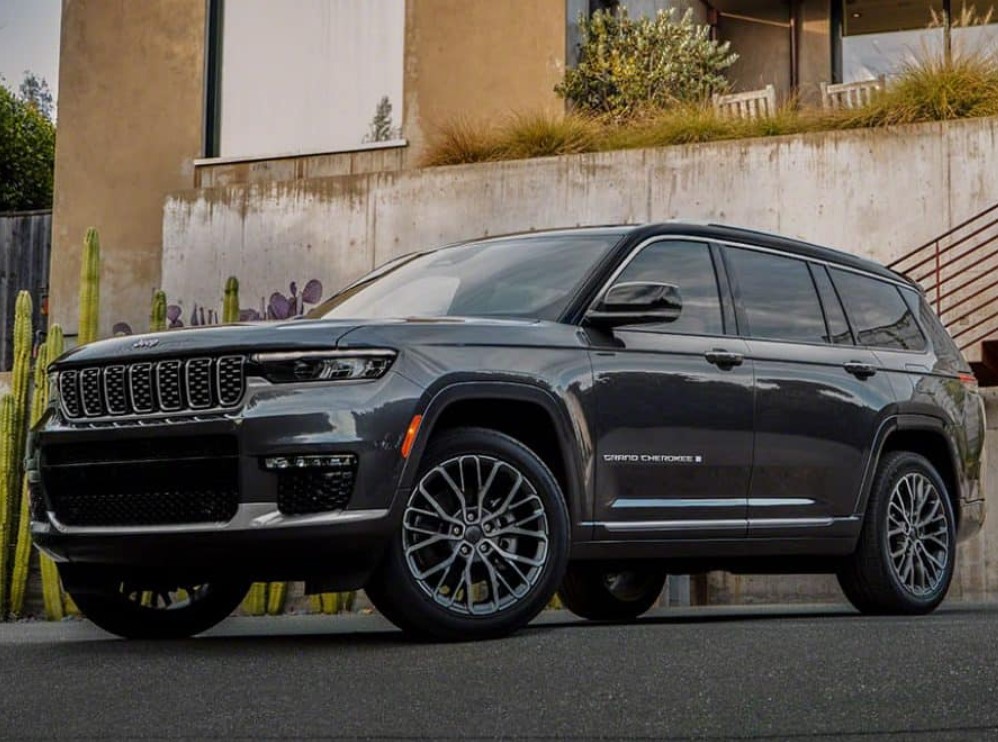
- Common Issues to Check:
- Body: Inspect for dents, dings, deep scratches, and paint chips.
- Glass: Check windshield, windows, and mirrors for cracks or chips.
- Lights: Ensure all headlights, taillights, and turn signals are operational and free of cracks.
- Tires: Verify tire tread depth and ensure they are the original type and size. Mismatched or excessively worn tires will incur charges. Don’t forget the spare!
- Interior: Look for tears, burns, excessive stains on upholstery, carpet damage, and functionality of all electronics, buttons, and controls.
- Pre-Inspection Option: Many leasing companies offer a complimentary pre-inspection service 30-60 days before your lease ends. Take advantage of this! An independent inspector will provide a detailed report of any potential excess wear and tear charges, giving you time to repair them on your terms, potentially at a lower cost than the lessor would charge.
B. Mileage Management
Review your current odometer reading against your contracted mileage allowance.
- Calculating Excess Mileage Costs: If you’re over, multiply your excess miles by the per-mile charge specified in your contract. This can quickly add up.
- Options for Exceeding Mileage:
- Pay the Fee: The simplest, though potentially most expensive, option.
- Purchase the Vehicle: If you buy your Grand Cherokee, mileage overages become irrelevant.
- Trade In Early: Some dealers might offer to absorb your overage if you lease or buy a new vehicle from them, especially if you have positive equity.
C. Missing Items
Ensure all original equipment and accessories are present.
- Keys: Both sets of keys/fobs are usually required.
- Owner’s Manual: Return with the vehicle.
- Floor Mats: Original floor mats.
- Headrests: All headrests for all seats.
- Cargo Cover/Nets: If applicable and original.
- Other Accessories: Any other items that came with the vehicle when new. Missing items will be charged.
D. Cleaning and Detailing
While not explicitly a charge point unless the interior is excessively dirty, a clean vehicle makes a good impression. A thorough wash and vacuum can help highlight any damage that needs addressing and might influence the inspector’s perception.
Your Lease Return Options: More Than Just Handing Over Keys
You have several paths to choose from at the end of your Jeep Grand Cherokee lease:
A. Returning the Vehicle (Standard Lease Return)
This is the most common option.
- Scheduling the Return: Contact your originating dealership or any authorized Jeep dealership to schedule your return appointment.
- Required Documentation: Bring your lease agreement, vehicle registration, proof of insurance, and all sets of keys.
- The Inspection: An authorized inspector (either from the dealership or a third party) will conduct a final assessment of the vehicle’s condition and mileage.
B. Purchasing Your Grand Cherokee
If you love your Grand Cherokee and it meets your needs, buying it out can be a great option.
- Calculating the Buyout Price: This is typically the residual value stated in your lease agreement, plus any remaining payments, sales tax, and a purchase option fee (if applicable).
- Financing Options: You can finance the buyout through the dealership, your bank, or a credit union.
- Benefits: You avoid disposition fees, excess mileage charges, and excessive wear and tear charges. You know the vehicle’s history, and it’s often a familiar and reliable choice. This is especially attractive if the market value of your Grand Cherokee is higher than its residual value.
C. Trading In for a New Jeep (or other vehicle)
Many lessees choose to transition into a new vehicle.
- Leveraging Equity: If your Grand Cherokee’s market value is higher than its residual value, you have "positive equity." A dealership might offer to buy your vehicle from the leasing company and use that equity as a down payment on your new lease or purchase.
- Dealer Incentives: Dealerships often offer loyalty incentives or waive disposition fees if you stay with the brand.
- Rolling Over Negative Equity: If your Grand Cherokee is worth less than its residual value (negative equity), some dealers might offer to roll this amount into your new lease or loan. Be cautious, as this increases your new payments significantly.
D. Extending Your Lease
If you need more time to decide or are waiting for a new model, a short-term lease extension might be possible.
- Short-Term Extensions: Often offered on a month-to-month basis.
- Pros: Buys you time, avoids immediate return costs.
- Cons: You continue to make payments, accrue mileage, and are still subject to wear and tear guidelines.
The Lease Return Appointment: What to Expect
On the day of your appointment:
- Bring Documentation: Have your lease agreement, registration, proof of insurance, and any pre-inspection reports ready.
- Final Inspection: The dealership representative or inspector will conduct a thorough final inspection, noting any new damage or discrepancies since a pre-inspection.
- Paperwork: You’ll sign documents confirming the return. Ensure you receive a copy of the Vehicle Condition Report and a Lease Turn-In Acknowledgment. This is your proof of return.
- Final Statement: The leasing company will send a final statement within a few weeks, detailing any remaining charges (e.g., disposition fee, excess mileage, excessive wear and tear). Review this carefully.
Potential Challenges and Solutions
Even with careful preparation, challenges can arise.
- Excessive Wear and Tear Charges: If charges are assessed, review the specific damage and compare it to your pre-inspection report. If you believe the charges are unfair, you can dispute them. Having photos or a prior inspection report helps.
- Over-Mileage Penalties: These are typically non-negotiable as they are a direct calculation from your contract. Your best bet is to plan ahead or consider buying the vehicle.
- Disputed Charges: If you disagree with a charge, contact the leasing company directly. Provide evidence, such as repair receipts for pre-return fixes or photos of the vehicle’s condition.
- Early Termination Fees: These are usually very high. Unless absolutely necessary, it’s almost always more cost-effective to ride out the lease, even if you park the car, or explore a lease transfer if allowed.
- Negotiating with the Dealer/Lender: While direct negotiation on set fees like disposition fees is rare, a dealer might waive it as a loyalty incentive. For wear and tear, if you had repairs done, provide receipts. If you’re buying a new car, you might have more leverage to get some fees reduced or absorbed.
Table: Potential Costs & Credits Associated with Jeep Grand Cherokee Lease Return
Understanding the potential financial implications is key to a stress-free lease return. This table outlines common costs and potential credits.
| Category | Description | Potential Cost/Credit (Example Range) | Notes Grand Cherokee is known for its legendary off-road capability, its luxurious interiors, and its powerful engine options. However, as with any vehicle, it can experience problems that are typical of the model.
Some common problems that Grand Cherokee owners have reported include:
- Electrical problems: This can manifest in a variety of ways, such as flickering lights, faulty infotainment systems, or problems with the power windows.
- Transmission problems: Some owners have reported issues with the transmission, such as rough shifting or a loss of power.
- Suspension problems: The Grand Cherokee’s suspension system can sometimes develop problems, such as worn out ball joints or struts, leading to a bumpy ride or unusual noises.
- Engine problems: While less common, some owners have reported engine issues, such as oil leaks or excessive oil consumption.
- Brake problems: Brake issues like premature wear of pads and rotors or squealing noises have been reported.
It’s important to note that not all Grand Cherokees will experience these problems, and many owners have a trouble-free experience. However, being aware of these potential issues can help you be more vigilant and address them promptly if they arise. Regular maintenance and timely repairs are crucial for keeping your Grand Cherokee in top condition.
Frequently Asked Questions (FAQ) about Jeep Grand Cherokee Lease Return
Here are answers to common questions about returning your leased Grand Cherokee:
Q1: What is "normal wear and tear" for a Grand Cherokee?
A1: Normal wear and tear typically includes minor scuffs, small dings (that don’t break the paint), minor interior stains that can be cleaned, and tire wear that still meets safety standards (e.g., 4/32nds inch tread depth or more). It’s the expected deterioration from regular use. Excessive wear and tear goes beyond this, such as large dents, deep scratches, tears in upholstery, cracked glass, or tires with insufficient tread. Always refer to your specific lease agreement’s guidelines.
Q2: Can I return my Grand Cherokee lease early?
A2: Yes, you can, but it’s usually very expensive. Early termination clauses in your lease contract typically outline significant penalties, which can include paying all remaining monthly payments, an early termination fee, and potentially the difference between the vehicle’s depreciated value and your remaining lease obligation. It’s almost always more financially prudent to ride out the lease or explore a lease transfer if your leasing company allows it.
Q3: What if I’m over my mileage limit when I return my Grand Cherokee?
A3: You will be charged a per-mile fee for every mile exceeding your contractual allowance. This fee is specified in your lease agreement (e.g., $0.20-$0.30 per mile). If you anticipate going significantly over, consider purchasing the vehicle, as excess mileage charges become irrelevant if you own it. Some dealerships might also absorb a portion of the overage if you lease or purchase a new vehicle from them.
Q4: Do I need to get my Grand Cherokee detailed before returning it?
A4: While not strictly required unless the car is excessively dirty (which could be considered excessive wear and tear if it causes permanent stains), a professional detail or thorough cleaning is highly recommended. A clean car makes a better impression on the inspector and can help highlight any areas of concern that you might want to address before the official return, potentially saving you money on charges.
Q5: Can I negotiate charges at lease return?
A5: Direct negotiation on standard fees like the disposition fee or per-mile overage is generally not possible as they are contractual. However, for excessive wear and tear charges, you may be able to negotiate if you have documented proof of prior repairs, photos, or if you believe the assessment is unfair based on your lease’s wear and tear guidelines. If you are leasing or purchasing another vehicle from the same dealership, they might be willing to waive or reduce certain fees as a loyalty incentive.
Q6: What documents do I need for my Grand Cherokee lease return appointment?
A6: You should bring your original lease agreement, the vehicle’s registration, proof of insurance, all sets of keys/fobs, and any service records or repair receipts you have for work done during the lease term. If you had a pre-inspection, bring that report as well.
Q7: Will I get charged if I missed a service appointment or didn’t follow the maintenance schedule?
A7: While direct charges for missed maintenance are rare unless it led to excessive wear and tear (e.g., engine damage from lack of oil changes), it’s crucial to adhere to the manufacturer’s recommended maintenance schedule. Your lease agreement typically requires you to maintain the vehicle properly. Not doing so could potentially void parts of your warranty or lead to larger issues that would be considered excessive wear and tear upon return.
Conclusion: Navigating Your Grand Cherokee’s Next Journey
Returning your Jeep Grand Cherokee lease doesn’t have to be a source of stress. By understanding your lease agreement, preparing your vehicle meticulously, exploring all your available options, and knowing what to expect at the return appointment, you can ensure a smooth, transparent, and financially advantageous transition. Whether you choose to embark on a new adventure with another Grand Cherokee, purchase your current one,
